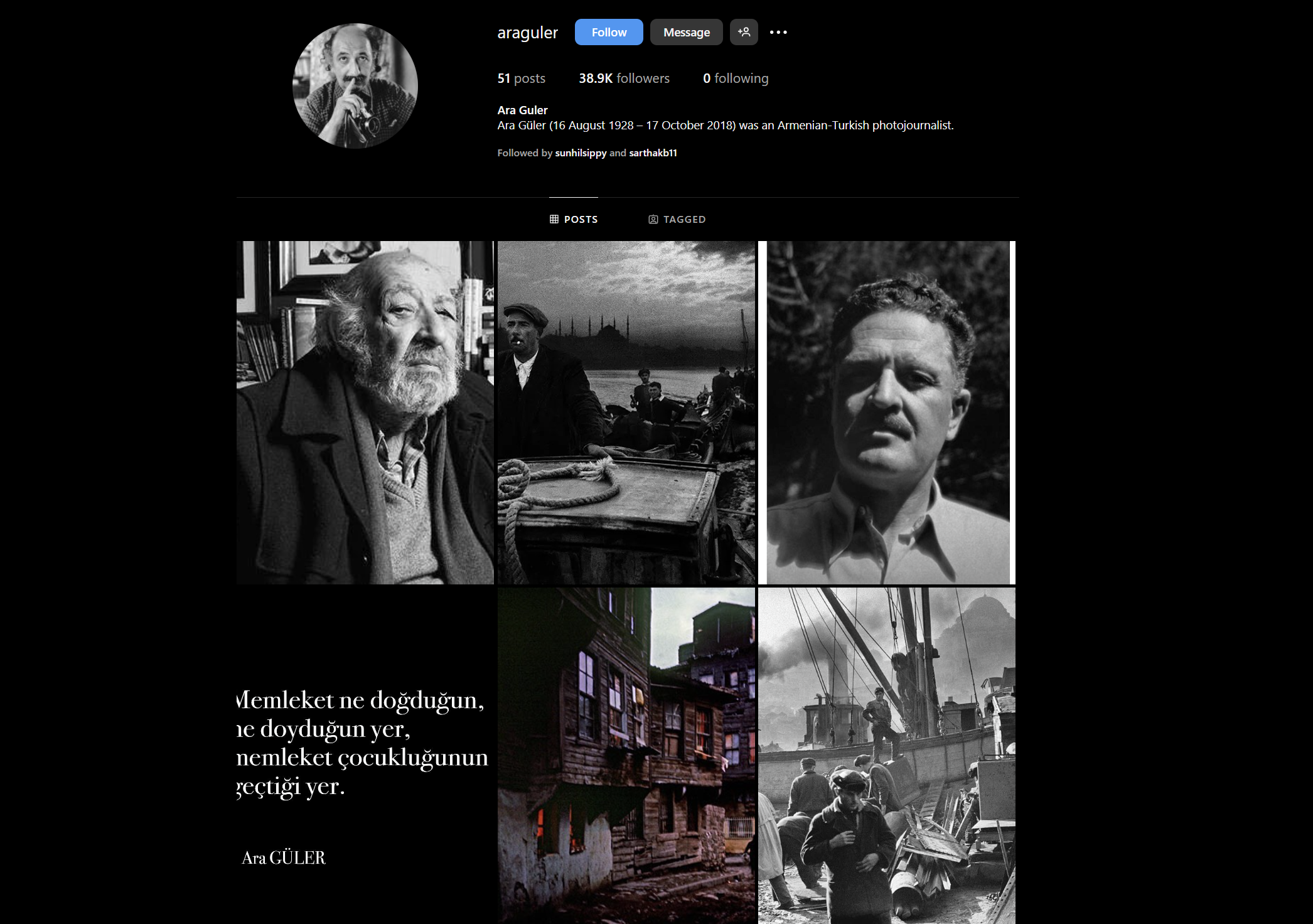
There are some photographers whose legacy provides us a glimpse of a world that is long forgotten. For instance, Eugene Atget’s photographs of old Paris showcase a side of the city we never knew. Then there is Malian photographer Seydou Keita, who showcases the beauty of everyday life in his country with studio portraits of his people. Joining such greats is Ara Guler, a Turkish photojournalist of Armenian descent, whose photographs of Istanbul appear like stills from a movie. It was due to his vast career that spanned over five decades and numerous iconic photographs that Ara was referred to as the ‘Eye of Istanbul.’ Today, we look at the great master’s experience and what lessons they can offer to aspiring photographers.
Your Photographs Weave History
In one of his interviews, Ara Guler succinctly said, “A photojournalist has a mission. Guys like me, we write history. We capture important events from this era for the future generation. We immortalise what we see. We are visual historians.” As a young photographer, especially if you are on the path of getting into photojournalism, remember your images are historical records. Everything you frame will become a part of an archive and help a new generation to see the past through your eyes. And so, you must be careful how you frame your subject. You don’t want any bias to get in the way.
Content Over Technique
Ara Guler was of the opinion that the content of the photograph is far more important than the technical skills of a photographer. By that, he means that having a vision to choose your frames is something that can’t be taught, it is inherent. “Not only an eye for detail, but you have to be cultured,” he once said. “You have to know the world and everything in it. You have to understand what you see.” So, while you train yourself in the technical, spend time finding ways to convey your story through your images.
The Human Element
The kind of photography Guler did, he always had a human element involved. Whether it were pictures of the vast landscape of Istanbul or its vibrant streets. Human interactions were one of the few things that made his photographs stand out. And so, if you are shooting in a new city, try to engage with the people while you make the images. These experiences can work as anecdotes that can be shared with your photographs.
Living is Learning
“It starts with seizing life,” said Guler once. “Learning about life, living effectively, repeating life, and using it somewhere. This is photography!” This makes so much sense today because photography is an extension of human experiences. If you haven’t experienced the colors of the world, you may not be able to translate the same in your photography. So, have empathy and understand your surroundings, traditions, and cultures. This will go a long way in your practice.
Stay Curious
Guler has photographed people from diverse backgrounds and social circles, including artist Pablo Picasso. However, his ability to make pictures with so much love came from his curiosity and open-mindedness about things around him. The minute you start having “us” vs “them” notions in your head, then your images will reflect that. Don’t let your photographs be the reason we build more barriers around people of different ethnicities, races, or social statuses. It should help to break them.
Self-Educate
Everyone knows that Guler was self-taught. He was into theatre, studied economics, wrote plays, and gradually began to make pictures. “You don’t have to specifically study photography, but education is important,” as he would say. So, always work on improving yourself in whatever aspect you can. You can learn about new gear, learn from other photographers, and so on, which will enrich your photographs.
As Ara Guler showcased, one’s passion is everything for one to excel in the medium. You may fail, but you never give up. The path to creativity is never linear, and so your journey will never look the same as anyone else. Guler photographed Istanbul until his demise in 2018. His legacy lives on and continues to inspire people, including Nobel Prize-winning author Orhan Pamuk. If you apply his teachings to your practice, then his work will continue to live on for many more generations.

